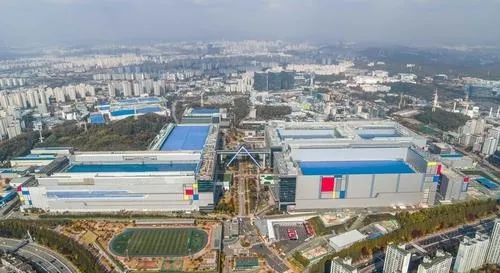Is the CDSCO's draft guidance on medical device software a progressive step?

Synopsis
Key Takeaways
- Draft guidance clarifies regulatory requirements for medical device software.
- Encourages alignment with global best practices.
- Supports innovation while ensuring patient safety.
- Addresses both SiMD and SaMD classifications.
- Promotes engagement with stakeholders for effective implementation.
New Delhi, Oct 22 (NationPress) Industry organizations expressed their approval on Wednesday regarding the draft guidelines for medical device software released by the Central Drugs Standard Control Organisation (CDSCO).
Medical device software can either be integrated into a hardware device (known as Software in a Medical Device (SiMD)) or function independently as a standalone application intended for medical use (termed Software as a Medical Device (SaMD)).
On Tuesday, the CDSCO published an official communication outlining the draft guidance document aimed at enhancing clarity around the regulatory framework for medical device software, ensuring alignment with leading global practices.
According to Rajeev Singh Raghuvanshi, the Drug Controller General of India (DCGI) and head of CDSCO, this guidance document delineates the scope, definitions, classifications, technical document requirements, and quality management systems relevant to Medical Device Software. Applicants can use these documents to support their applications for licenses to manufacture or import medical device software intended for commercial distribution within the country.
Medical device software plays a vital role in diagnostics, treatment, and patient monitoring, adhering to rigorous regulatory standards to safeguard patient safety and efficacy.
Rajiv Nath, Forum Coordinator of the Association of Indian Medical Device Industry (AiMeD), stated, “We applaud the updated government's draft guidance on Software as a Medical Device (SaMD) as a timely and progressive initiative to fortify India's regulatory framework. As digital health solutions increasingly impact patient care, it is imperative that our regulatory system balances patient safety and innovation.”
Nath also recommended the organization of a webinar to educate stakeholders and gather feedback, aiming to harmonize India's regulatory framework with the International Medical Device Regulators Forum (IMDRF) and other global standards.
“This will ensure the safety of patients while allowing Indian innovations to excel on an international scale,” he added.
The Medical Technology Association of India (MTaI) also expressed their endorsement of the draft guidance document, praising the CDSCO for proactively developing a comprehensive regulatory framework for both SiMD and SaMD, which encompasses innovations such as artificial intelligence (AI), machine learning (ML), and cloud-based medical applications.
Pavan Choudary, Chairman of MTaI, remarked, “This draft guidance illustrates CDSCO’s dedication to keeping up with the rapidly changing landscape of digital health technologies. By clarifying definitions, classifications, and quality management expectations, it lays the groundwork for safe, innovative, and globally competitive MedTech software solutions from India.”
MTaI also suggested optimizing compliance requirements for low-risk SaMDs to ensure regulatory appropriateness and ease of implementation, aligning technical and quality standards with global benchmarks, and enhancing clarity on clinical evaluation protocols and algorithm change management, especially for AI/ML-based medical devices.









